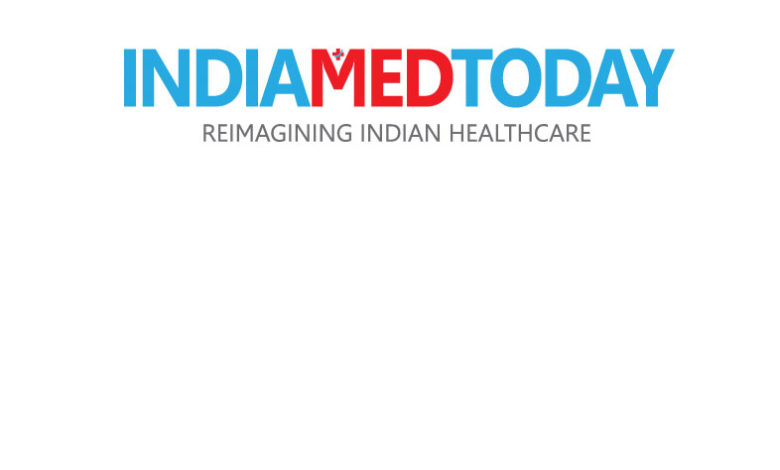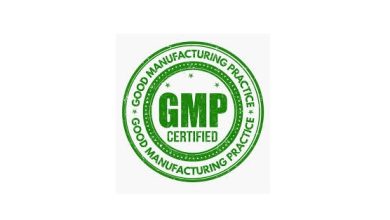ICRA: Despite the regulatory headwinds, healthcare sector outlook remains stable

The hospital sector’s performance has been falling in the last two years due to several regulatory restrictions, including demonetisation, the cap on prices of stents and knee implants by the National Pharmaceutical Pricing Authority (NPPA), stiff regulatory action by certain states and the implementation of the Goods and Services Tax (GST)[1].
In the latest order, issued on March 8, 2019, the NPPA put a cap of 30% on the trade margin earned on 390 drugs that are primarily used for treatment of cancer. The price cap led to a reduction of up to ~87% in the prices of the anti-cancer drugs. The current order by NPPA adds on to the list of products already placed under price restrictions. Most of the cancer-related drugs are high-value medicines and are sold directly through the hospital chains, oncology being one of the highest-value-added specialty for hospitals due to the increasing incidence of cancer-related ailments. Nonetheless, several oncology drugs are still out of the purview of the price cap.
Says Mr. Shubham Jain, Group Head and Vice President – Corporate Sector Ratings, ICRA, “The regulatory environment continues to be the overarching challenge for the hospital sector and the recent NPPA order reinforces this view. The wide-ranging regulatory restrictions from multiple authorities have supressed the margins of the players. However, hospitals’ decision on repricing of service/product component of packages and usage of different drugs is expected to correct the lopsided pharma component margins (wherever present) and partly negate the impact of the current NPPA order.”
The Aayushman Bharat – Pradhan Mantri Jan Aarogya Yojna (AB-PMJAY) was announced in February 2018 and was formally launched in September 2018. Only ~2.4 crore e-cards have been issued out of a target population of ~50 crore and it faces several challenges in effective implementation. Several of the large private hospital chains have not empaneled under the scheme, primarily because of the low package rates. Additionally, while states like Odisha, Telangana and Delhi have not participated in the PMJAY till date, some like West Bengal and Chhattisgarh have already pulled out of the same. The scheme, however, holds promise to provide much-needed healthcare coverage to the marginalised sections of society given the low insurance penetration in the country and large out-of-pocket expenses on healthcare. ICRA continues to believe that the introduction of the AB-PMJAY is likely to improve the occupancies at implementing hospitals albeit with lower profit margins.
The regulatory action from the NPPA comes at a time when the performance of the companies under ICRA’s sample set[2] has likely bottomed out and has shown an improvement in Q3 FY2019 after subdued performance in Q3 FY2017 and continuing in FY2018 and H1 FY2019. The companies in ICRA’s sample set reported a healthy YoY ~10% increase in revenues and 7% rise in earnings before interest, tax, depreciation and amortisation (EBITDA) in Q3 FY2019. This comes against the backdrop of a modest Y-o-Y 3% rise in revenues and an 11% fall in EBITDA in H1FY2019 (the EBITDA had declined both in Q1 as well as Q2FY2019). Additionally, in FY2018, the sample set had reported 4% fall in aggregate EBITDA and multi-year low operating profitability, 11.4%; against this, the peak profitability was 15.7% during this six-year period. Further, the Average Revenue Per Operating Bed (ARPOB) grew at a modest 3% in FY2018 and 2% in H1FY2019 on a YoY basis, much below the five-year compounded annual growth rate (CAGR) of ~7%. Nonetheless, the ARPOB growth picked up to ~4% in Q3FY2019.
In Q3 FY2019, the aggregate number of operational beds increased by ~4% to 22244 beds, as against 21408 beds in Q3FY2018. The aggregate occupancy level improved to 64.1% from 62.9% during this period. Average occupancy for FY2018 and H1FY2019 was much lower, at 62.3% and 62.6%, respectively. Prior to Q3FY2019, on Y-o-Y basis, the occupancy had dropped in five out of the six preceding quarters, partly on account of new capacity becoming operational and partly due to promoter related challenges and stretched liquidity position being faced by one of the entities in the sample.
Net debt of the companies in the sample set increased to Rs. 6783 crore as on September 30, 2018 compared to Rs. 3502 crore, as on March 31, 2015. The companies have undertaken debt-funded expansion, which, coupled with pressure on revenues & margins have resulted in deterioration of their debt protection indicators – the interest coverage ratio dropped to 2.03 times in 9MFY2019 from 3.21 times in FY2015 and net debt/EBITDA deteriorated to 3.84 in H1FY2019 from 3.09 in FY2015. However, they are now at the end of the current capex cycle, and as the maturity profile of the hospitals improve, the debt coverage indicators are likely to improve thereafter.
The Aayushman Bharat – Pradhan Mantri Jan Aarogya Yojna (AB-PMJAY) was announced in February 2018 and was formally launched in September 2018. Only ~2.4 crore e-cards have been issued out of a target population of ~50 crore and it faces several challenges in effective implementation. Several of the large private hospital chains have not empaneled under the scheme, primarily because of the low package rates. Additionally, while states like Odisha, Telangana and Delhi have not participated in the PMJAY till date, some like West Bengal and Chhattisgarh have already pulled out of the same. The scheme, however, holds promise to provide much-needed healthcare coverage to the marginalised sections of society given the low insurance penetration in the country and large out-of-pocket expenses on healthcare. ICRA continues to believe that the introduction of the AB-PMJAY is likely to improve the occupancies at implementing hospitals albeit with lower profit margins.
Adds Mr. Jain, “ICRA expects that the performance of the healthcare companies has likely bottomed out and will witness improvement over the medium term, though any incremental regulation may have a transient impact. Structurally, in the long term, underlying fundamentals continue to favour the sector. This is because of the significant shortage of beds in the country, and the increase in the disease burden and ageing demographic profile. Further, the demand for quality healthcare will be supported by the rising per capita income, increasing penetration of medical insurance, riding healthcare awareness and double-digit growth in medical tourism.”
————————————————
[1] The hike in indirect tax rate on services and certain medical inputs adversely impacted the hospitals, which could not claim input credit as hospital services are exempt from GST. Also, commensurate tariff increase to offset the entire effect of higher tax burden could not be done, impacting the margins
[2] Apollo Hospitals Enterprise Limited, Fortis Healthcare Limited, Narayana Hrudalaya Limited, Healthcare Global Enterprises Limited, Max India Limited and Shalby Limited




